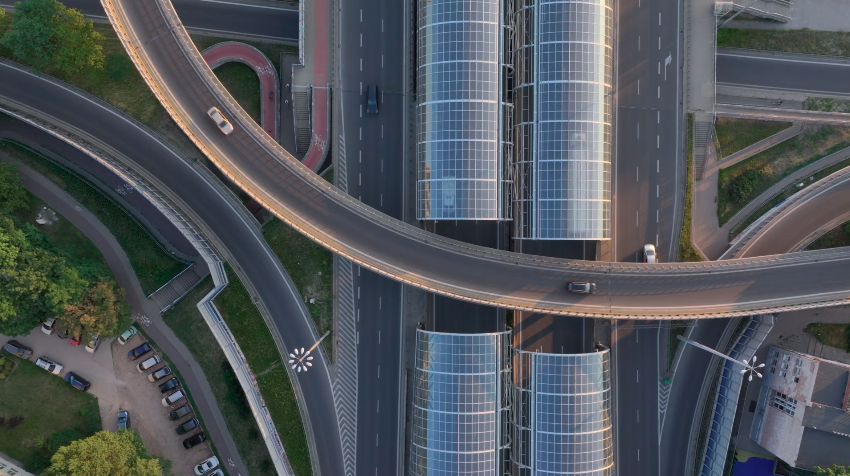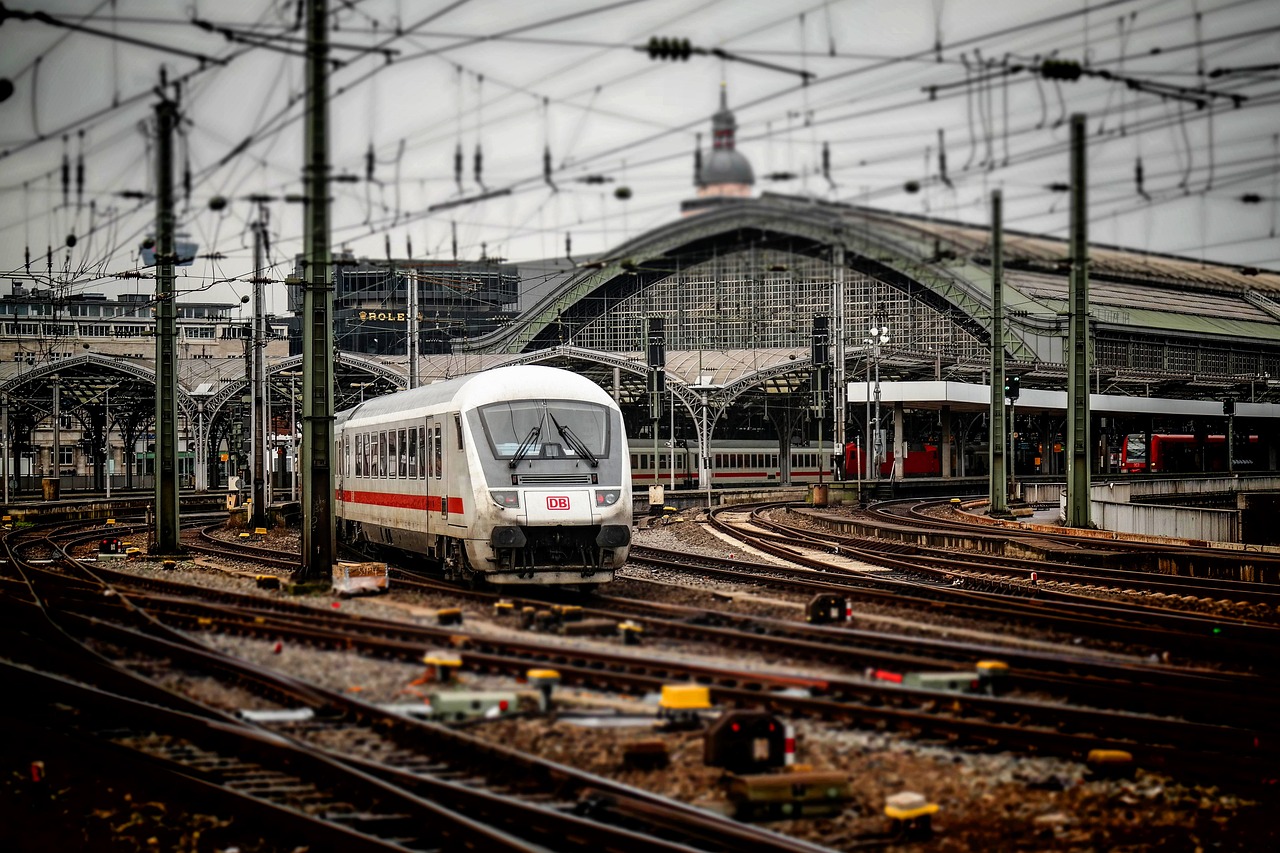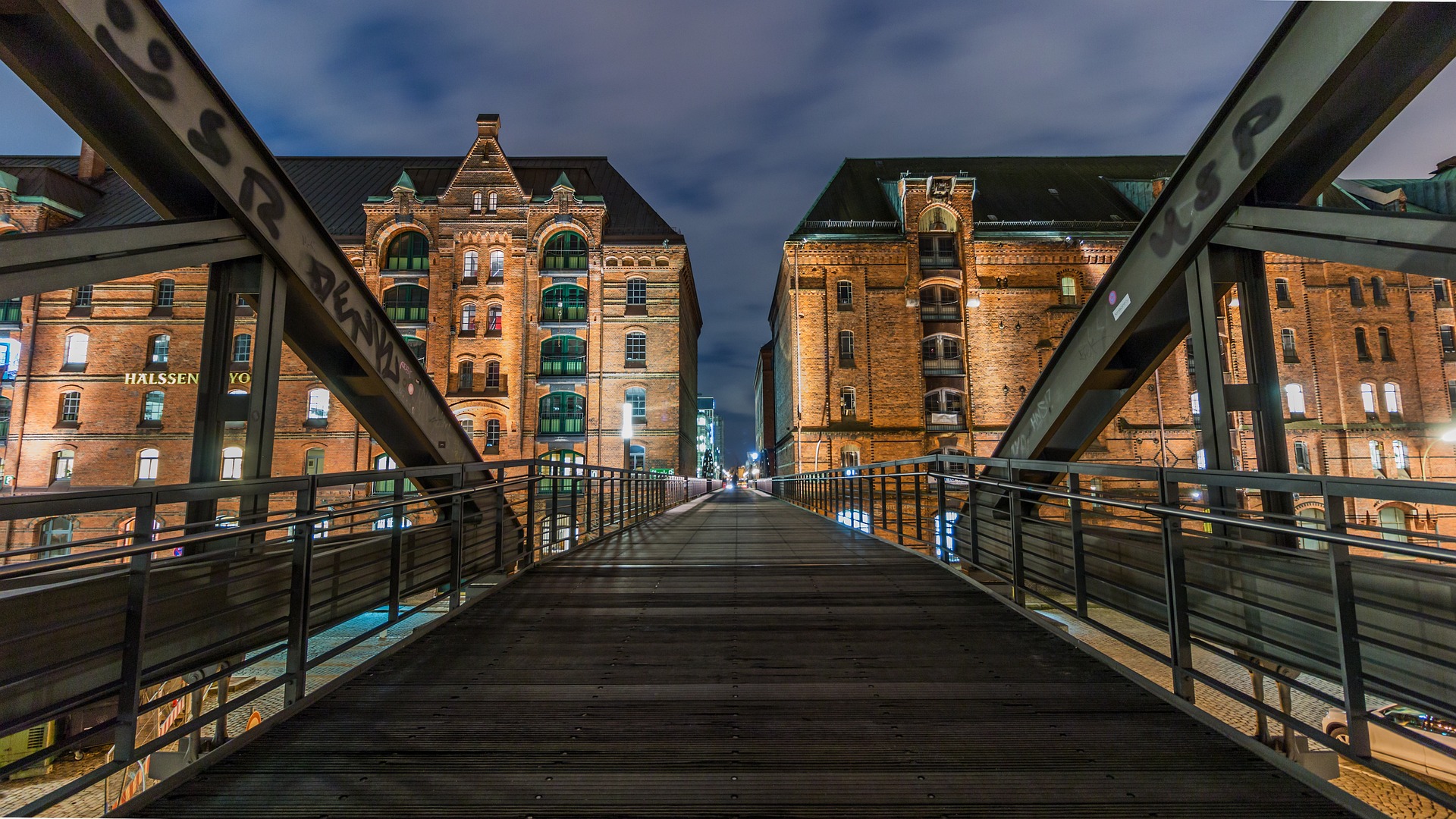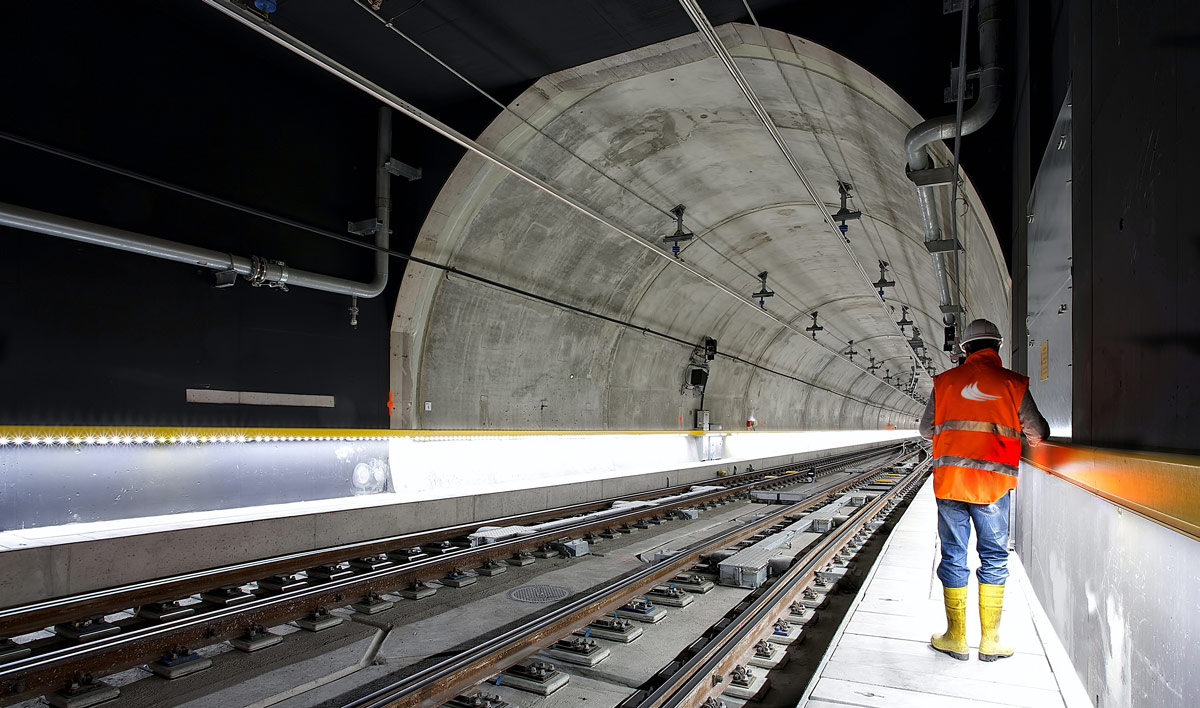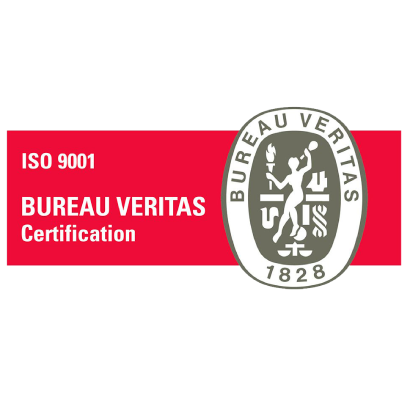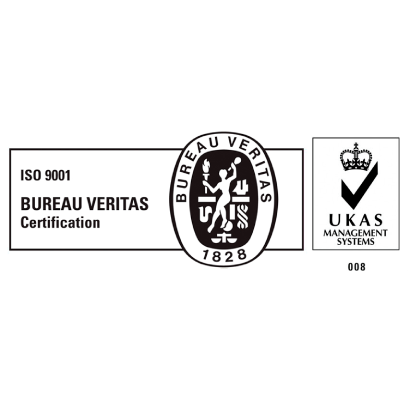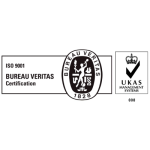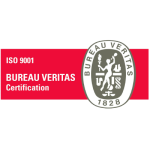Fascias and cornices
Fascias and cornices
Metallic fascias and cornices represent essential elements in the infrastructure of railway bridges and viaducts, playing a key role in the stability and safety of these structures. These pieces, typically made of steel or other strong metals, are strategically placed on the top edges of bridges to provide additional support and protection against erosion and wear.
On the other hand, metal cornices are placed on the outer edges of bridges to provide protection from the elements and wear and tear caused by traffic and weather. These ledges act as physical barriers that help prevent corrosion and deterioration of the edges of the bridge, thus prolonging the life of the structure. Additionally, some ledges may have additional features, such as built-in drainage systems to prevent water buildup and ice formation.
In summary, metal fascias and cornices play a crucial role in the safety and stability of railway bridges and viaducts. Its strong and durable design ensures a secure connection between structural elements and provides protection against natural elements and wear and tear caused by continuous use. These components are essential to ensure the integrity and optimal functioning of the railway infrastructure, thus guaranteeing safe and efficient transportation for users.
Fascias and cornices
Metallic fascias and cornices represent essential elements in the infrastructure of railway bridges and viaducts, playing a key role in the stability and safety of these structures. These pieces, typically made of steel or other strong metals, are strategically placed on the top edges of bridges to provide additional support and protection against erosion and wear.
On the other hand, metal cornices are placed on the outer edges of bridges to provide protection from the elements and wear and tear caused by traffic and weather. These ledges act as physical barriers that help prevent corrosion and deterioration of the edges of the bridge, thus prolonging the life of the structure. Additionally, some ledges may have additional features, such as built-in drainage systems to prevent water buildup and ice formation.
In summary, metal fascias and cornices play a crucial role in the safety and stability of railway bridges and viaducts. Its strong and durable design ensures a secure connection between structural elements and provides protection against natural elements and wear and tear caused by continuous use. These components are essential to ensure the integrity and optimal functioning of the railway infrastructure, thus guaranteeing safe and efficient transportation for users.
Fascias and cornices
Metallic fascias and cornices represent essential elements in the infrastructure of railway bridges and viaducts, playing a key role in the stability and safety of these structures. These pieces, typically made of steel or other strong metals, are strategically placed on the top edges of bridges to provide additional support and protection against erosion and wear.
On the other hand, metal cornices are placed on the outer edges of bridges to provide protection from the elements and wear and tear caused by traffic and weather. These ledges act as physical barriers that help prevent corrosion and deterioration of the edges of the bridge, thus prolonging the life of the structure. Additionally, some ledges may have additional features, such as built-in drainage systems to prevent water buildup and ice formation.
In summary, metal fascias and cornices play a crucial role in the safety and stability of railway bridges and viaducts. Its strong and durable design ensures a secure connection between structural elements and provides protection against natural elements and wear and tear caused by continuous use. These components are essential to ensure the integrity and optimal functioning of the railway infrastructure, thus guaranteeing safe and efficient transportation for users.



